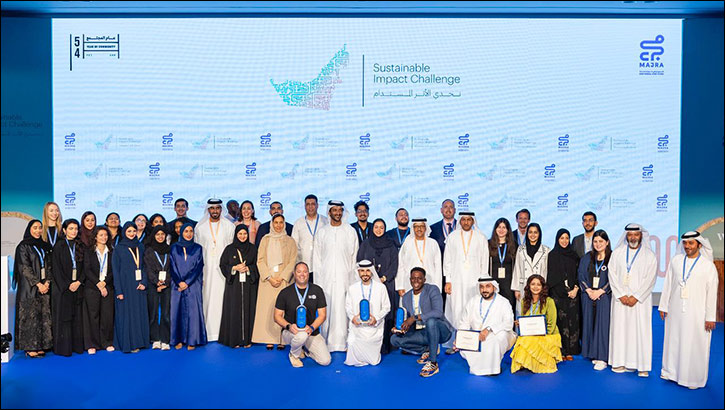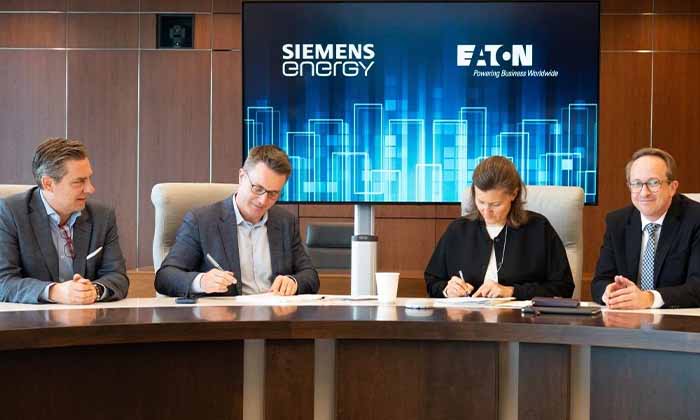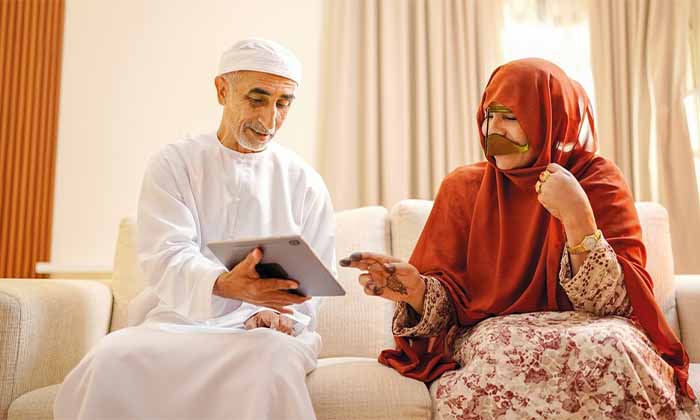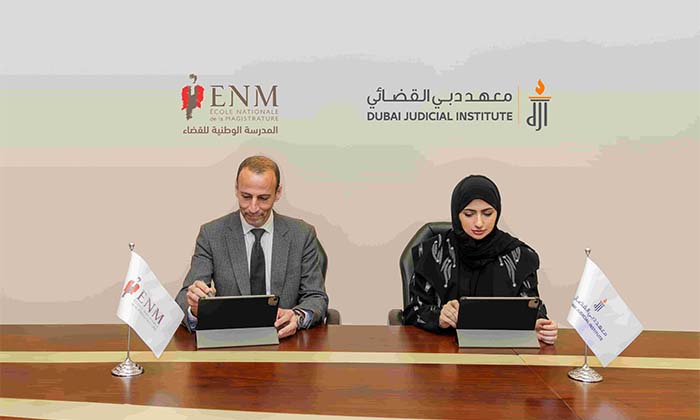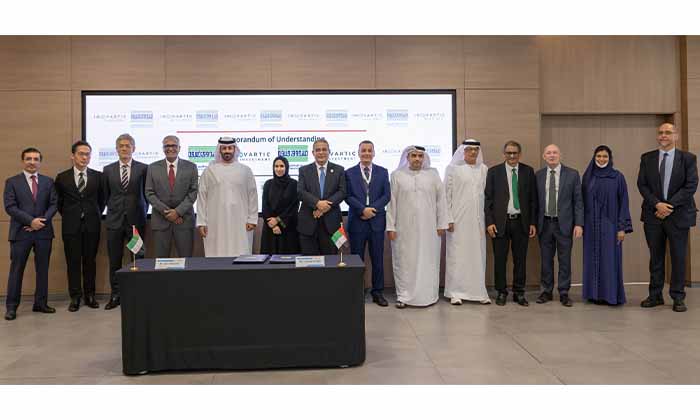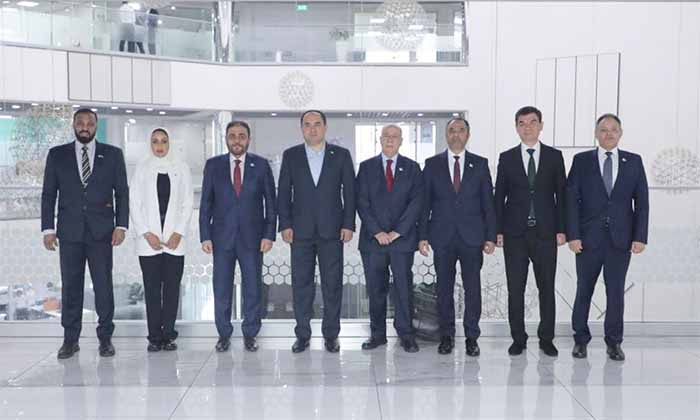- Strategic collaboration with Ministry’s Heritage Commission will facilitate excavation of the Red Sea’s best preserved and intact wooden shipwreck
- Agreement with Museums Commission will ensure items of interest can be safely preserved and enjoyed by all
- Partnership will also evaluate the Red Sea coast for inclusion in UNESCO’s list of World Heritage Sites
Images of the shipwreck and excavation are available to download here, along with destination shots here.
Riyadh, (23 November 2021): The Red Sea Development Company (TRSDC), the developer behind the world’s most ambitious regenerative tourism project, has partnered with the Ministry of Culture to unite efforts in the fields of archaeology, heritage, history and sustainable tourism along Saudi Arabia’s Red Sea coast. Among the agreements signed was a Memorandum of Understanding (MoU) with the Heritage Commission and a second with the Museums Commission.
The MoUs were signed by H.E. Hamed Fayez, Vice Minister of Culture, Vice chairman of Heritage Commission and Vice chairman of Museums Commission, and John Pagano, Chief Executive Officer of TRSDC to encourage mutual collaborations across a series of initiatives including the delivery of the Kingdom’s first underwater archaeological excavation.
“The Red Sea coast of Saudi Arabia is rich in history, having been positioned at the heart of global trading routes for centuries. Partnering with the Heritage and Museums Commission allows us to both explore the historical significance of this unique region and ensure the preservation of our discoveries. TRSDC is committed to responsibly developing the extraordinary natural beauty and historical value of the Red Sea and we look forward to close collaboration to advance the Kingdom’s heritage conservation efforts,” said Mr Pagano.
Saudi Arabia traces its roots back to the earliest civilizations of the Arabian Peninsula. Over centuries, it has played an important role in history as the birthplace of Islam and an ancient trade center, linking the Mediterranean world with eastern and southern sources of incense, spices and other luxury goods. The Incense Trade Route flourished between roughly the 7th century BC and the 2nd century AD.
Saudi Arabia’s first underwater archaeological excavation
The coastal waters of the Red Sea contain significant points of historical interest and the partnership facilitates an expedition led by The University of Napoli L’Orientale to deliver the Kingdom’s first underwater excavation.
"The shipwreck is currently the most intact and best-preserved wooden shipwreck in the Red Sea. With its spectacular cargo of jars, porcelain and spices, this 18th century merchantman testifies the intense trading activities going on in the Red Sea before the opening of the Suez Canal, and its articulated connection with the wider Indian Ocean trade. The preserved wooden structure represents unique evidence of massive and expensive boatbuilding construction, previously unknown in the region," explained Dr. Chiara Zazzaro, Director of Red Sea Shipwreck Excavation and Associate Professor of Maritime Archaeology at the University of Naples "L'Orientale", Italy.
The shipwreck occurred sometime between 1725-1750 and is located in Al Wajh lagoon. Submersed in 20-22 meters of water, the hull remains in the seabed along with a mound of 1,000+ visible jugs which have calcified into a single group. It is approximately 40 meters in length and 10 meters wide with an intact cargo of potentially 1,000 tons. All artefacts will be preserved, catalogued, and stored in the Red Sea Museum in Jeddah, while some pieces will be displayed for visitors of The Red Sea Project.
“The hull, which has calcified into something akin to petrified wood, and the approximately 4,000 highly decorated earthenware jars of various colors, shapes and designs, which has also calcified into a solid mass, will be left in place for divers to see. This will provide one of the most unique diving destinations anywhere in the world in less than 25 meters of calm, clear water,” added Pagano.
History on display
The partnership also enables a full seabed survey to be delivered, stretching from Jeddah, upwards along the coastlines of The Red Sea Project and AMAALA. The survey planned for later this year, will identify archaeological remains in the ocean floor, which can potentially be excavated thereafter.
Through the partnership with the Heritage commission and Museums commission, a program will be launched to design and build the first maritime museum, representing the first facility to properly conserve and display underwater archaeology in the Kingdom. This world class facility will allow future wrecks found by the broader marine archaeology survey to be excavated and preserved.
This will become an educational attraction for future visitors as well as Saudis who are keen to understand their exciting past and the central role the Kingdom played in the development of the region.
Heritage sites
The strategic collaboration also facilitates the exploration of previously undiscovered areas of historical significance, with an aim to increase Saudi Arabia’s current list of six sites on UNESCO’s World Heritage List. A detailed survey is being planned for the port of “Akre Kom” (citadel or garrison) and “Leuke Kome” (Horse Bay), mentioned in ancient texts by Greek geographers Ptolemy and Strabo.
The partnership aims to increase the number of registered sites in the UNESCO World Heritage List in line with Vision 2030 and further strengthens the Kingdom’s contribution to achieving the United Nations’ Sustainable Development Goals (SDGs).
Other areas of the partnership include restoring historical structures in the area; rebuilding ancient mosques; and establishing centres for the production, sale and display of traditional handicrafts.
A destination on track
The Red Sea Project has already passed significant milestones and work is on track to welcome the first guests by the end of 2022. Phase one, which includes 16 hotels in total, will complete in 2023.
Upon completion in 2030, The Red Sea Project will comprise 50 resorts, offering up to 8,000 hotel rooms and more than 1,000 residential properties across 22 islands and six inland sites. The destination will also include an international airport, luxury marinas, golf courses, entertainment, and leisure facilities.
